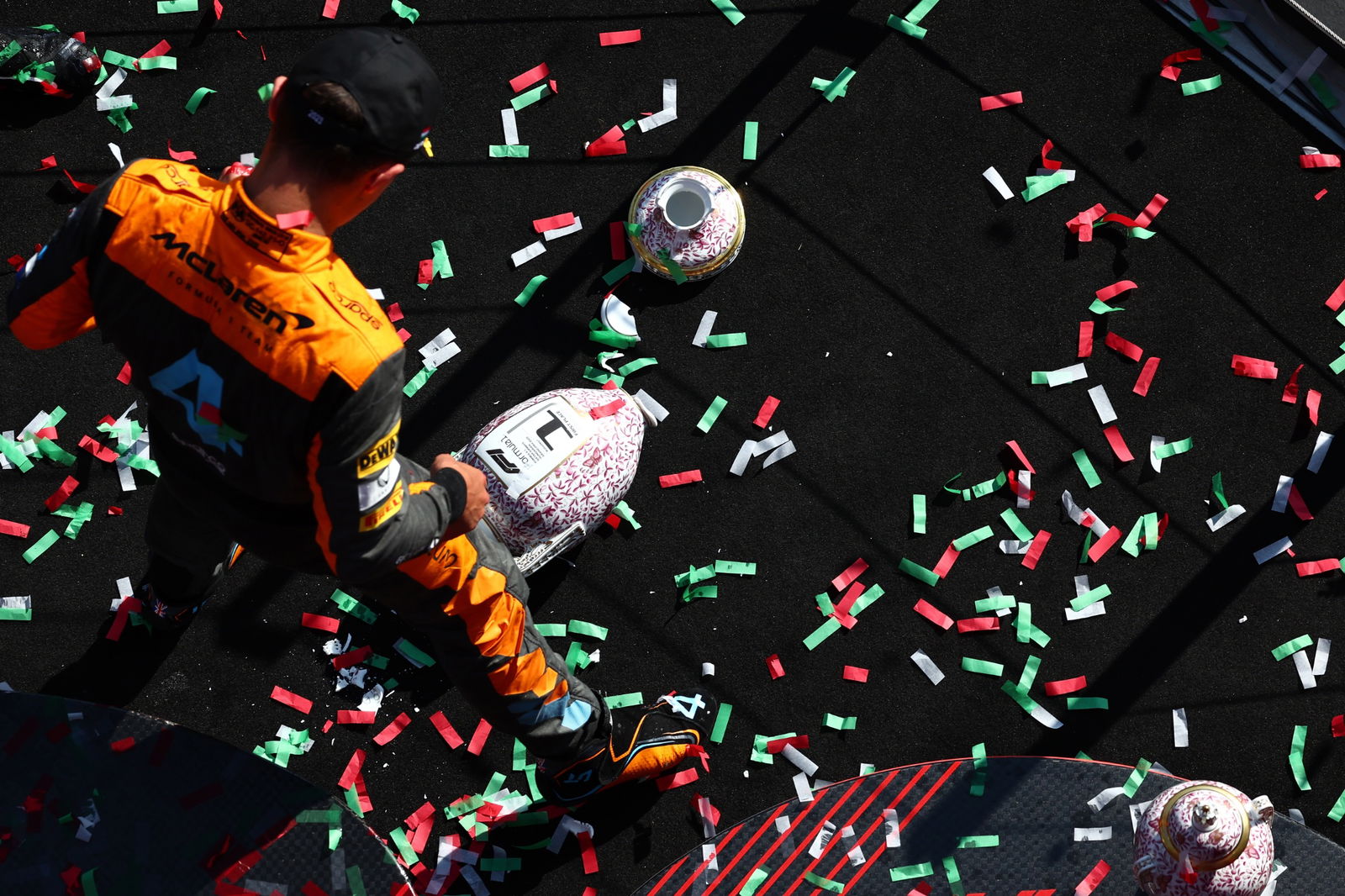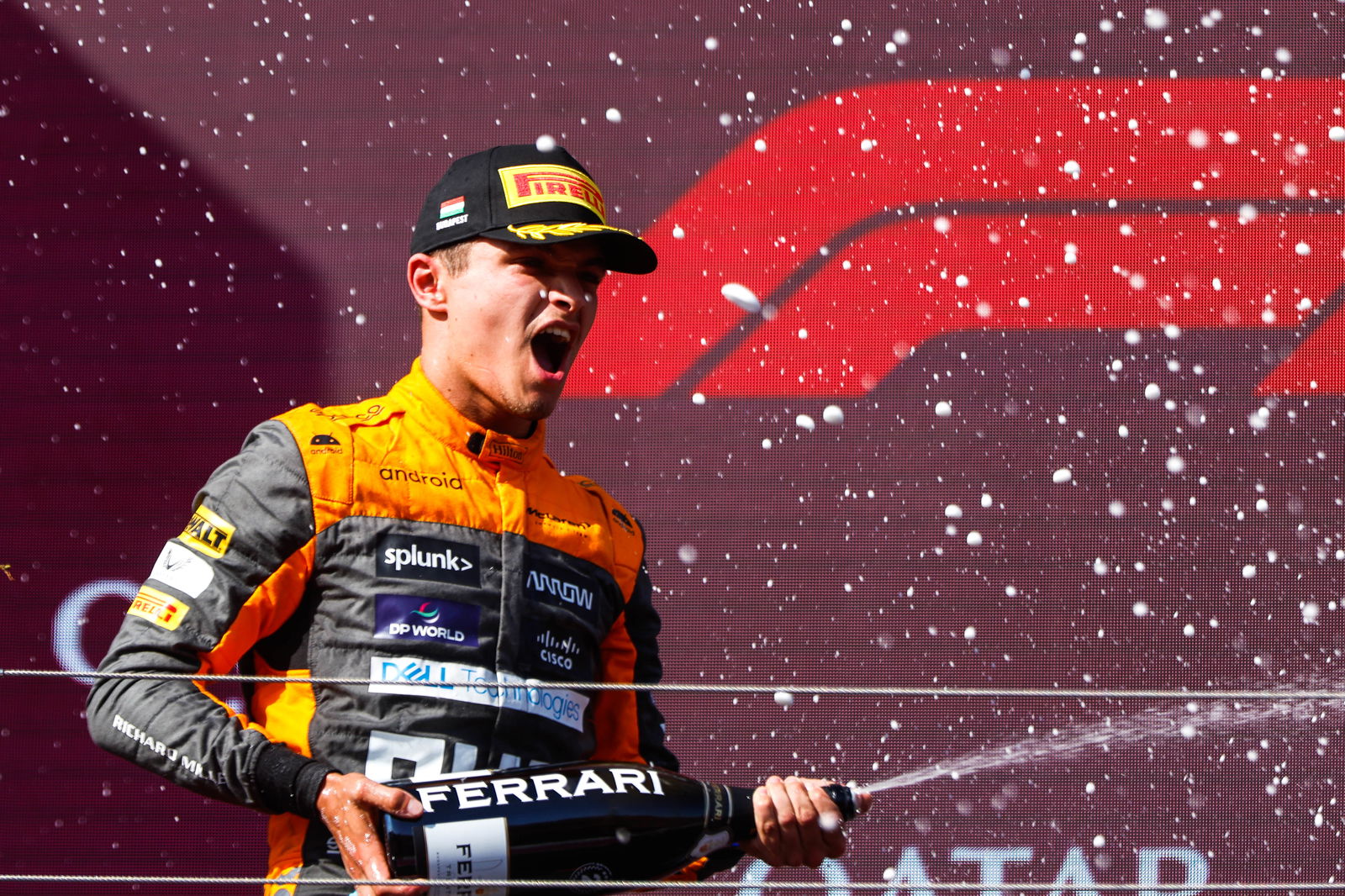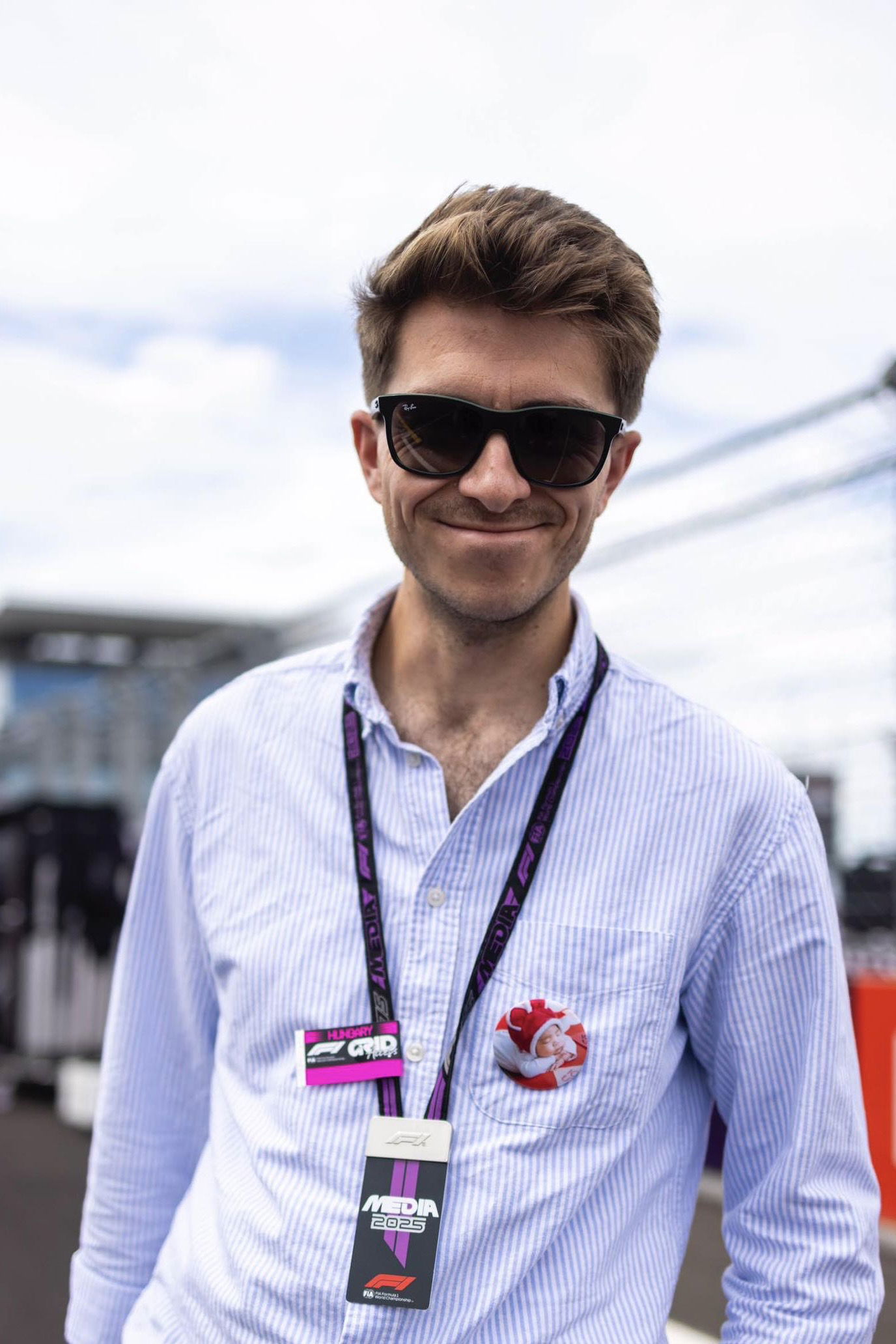‘Significant’ F1 cost cap penalty forces Red Bull to switch focus to 2024

The Milton Keynes based outfit were hit with a $7m fine and 10 percent reduction in their aerodynamic testing time over a 12-month period after they were found guilty of breaking the F1 cost cap during 2021.
Red Bull’s punishment appears to have had little impact given Max Verstappen’s victory at the Hungarian Grand Prix was the team’s 12th in row, marking a new F1 record.
In Hungary, Red Bull also introduced a major upgrade package to their dominant RB19, including a revised floor and reprofiled upper bodywork.
“The upgrades [in Hungary] did what they said on the tin, so from that point of view, it's sort of box ticked,” Red Bull team principal Christian Horner told media including Crash.net in Budapest.
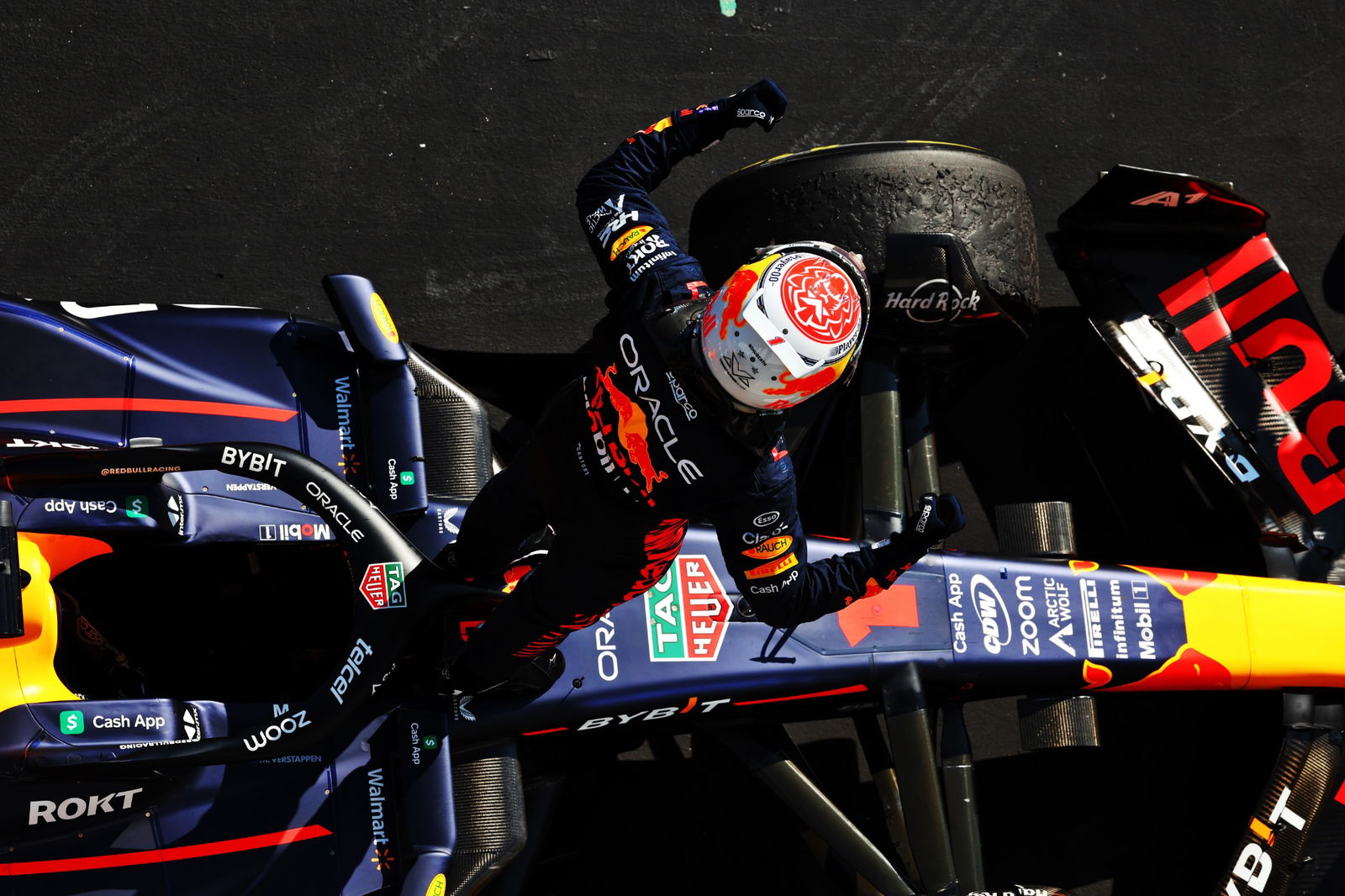
Horner confirmed that Red Bull will now only bring smaller upgrades to their car for the remainder of the season, with the team already turning their attention towards next year’s RB20.
“Now, with the handicap that we have, we have to really swing our focus over to next year, because we have a significant deficit of wind tunnel time compared to our competitors, and we have to be very selective in how we use it,” he explained.
"We have a few circuit-specific things [still to come in 2023], but nothing that hasn't been done already or committed to in research and development."
As reigning world champions and the current championship leaders, Red Bull gets the least wind tunnel and CFD (computational fluid dynamics) time of any team due to F1’s Aerodynamic Testing Restrictions.
Red Bull’s extra 10% reduction - for breaching the 2021 financial regulations - is in place until October, further hampering the team’s development efforts.
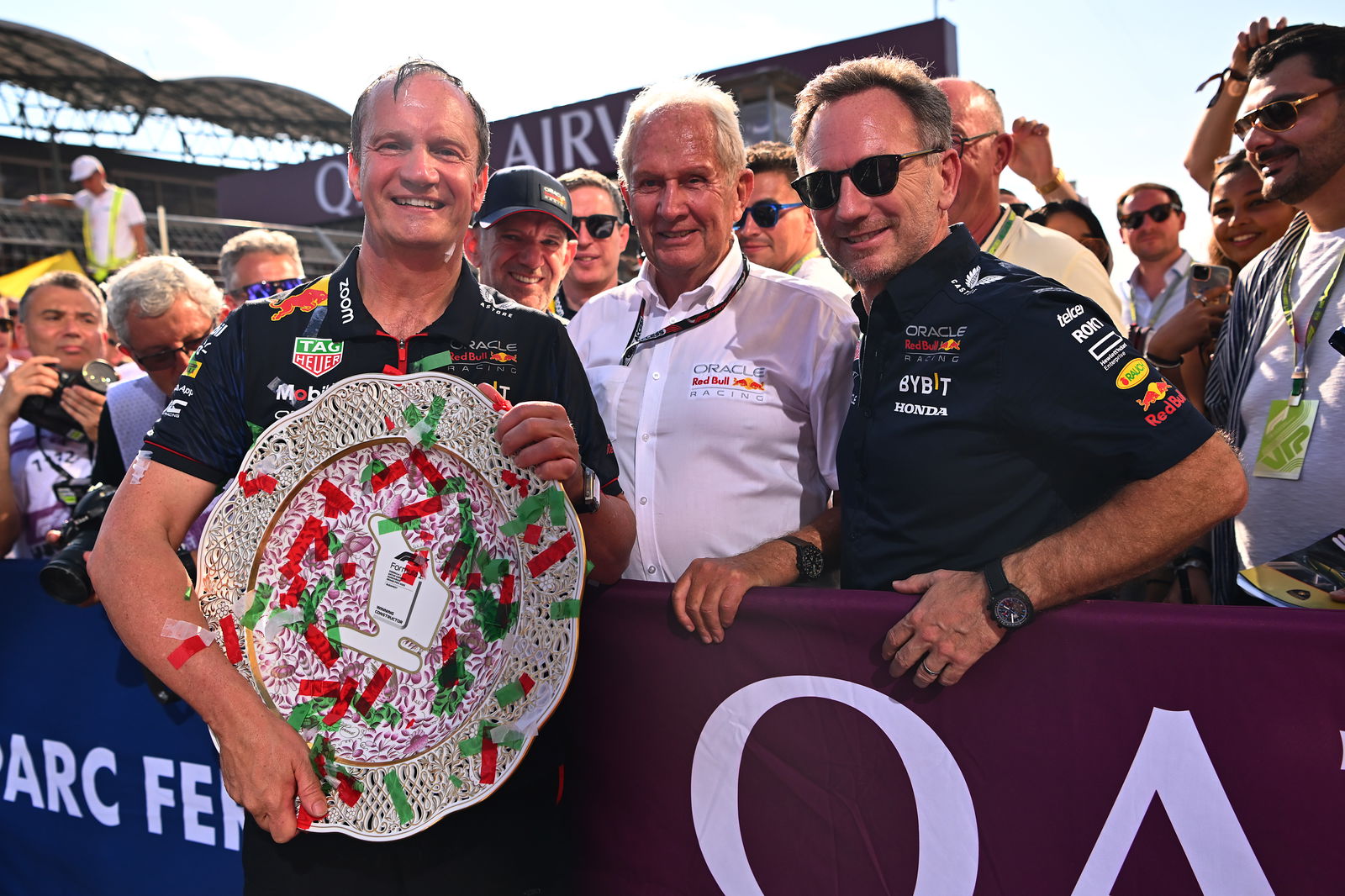
"We have that [cost cap] penalty until October this year, so particularly in terms of the amount of runs that you can do per week, we're significantly down compared to second and third place,” Horner said.
"And we are massively down once you get back to teams that are fourth or fifth. And if you compare McLaren's amount of runs they can do in a wind tunnel versus ourselves, it's a huge, huge difference.
"Of course, we have to be very, very selective in the running that we're doing. And that's why the engineering team back in Milton Keynes are doing an incredible job in the way that they're effectively and efficiently developing the car."
